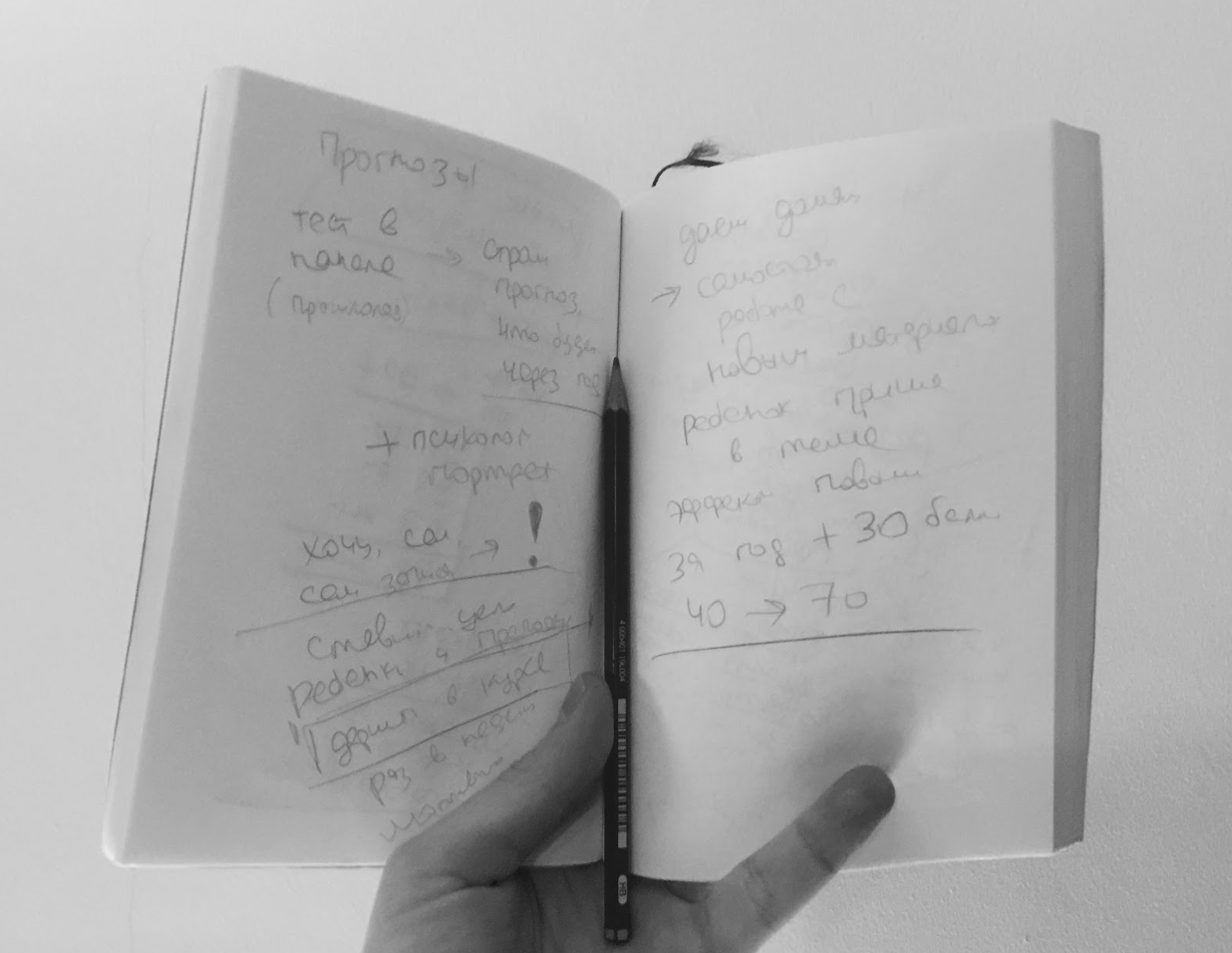How To Write For A Corporate Blog?
Large detailed articles have now become as ubiquitous as ever. They cover various topics from the way ATMs work to a guide to postal services in your country. Such articles make an important part of content marketing. However, they are harder to write than your casual blog posts. I have written quite a few of such articles. Now I will tell you how to be good at it.
There are 6 steps to creating a detailed article:
- Choosing the topic
- Outlining the gist
- Doing the research
- Writing a draft
- Editing
- Making the layout
The Topic
Sometimes clients come up with issues for me to cover, but more often I am given a free choice. In this case I create a list of topics. For example, the suggestions I made for a listing website for commercial real estate include tips on how to look for such property and a through and through description of this service’s work.
I usually think up 8 to 10 topics, expecting that one or two good ones will eventually be selected. Of course, you can limit your choice to 3 topics, but you risk selecting a bad one (as there might be no good options on the list at all).
I always do some groundwork before coming up with the topics. I talk to the customer, read all articles on the issue, check out what has already been written by competitors. If it’s going to be a series of articles, I ask if I could talk to my customer’s clients in order to find out what difficulties they face, and what they are interested to read about.
I outline each topic I suggest. It is convenient to do this with questions. For instance, the topic of this article would look like this:
How to Write Detailed Articles?
- Where to begin? How to choose the topic?
- How to do the research and write the text?
- Why do you need an editor?
- Why should you make the layout of the finished article yourself?
When the list of topics is ready, I show it to the client. Simply sending a link to a Google Doc is not enough. It’s essential to discuss each topic on the phone. I use red to mark bad topics. Yellow is for the ideas that would or would not make it, and green is for the ones that have hit the mark. If there are several green topics left, we choose the best one.
The Gist
Once the topic is chosen, I start outlining the gist. It’s a short document that consists of three paragraphs: who the target audience is, what their troubles and worries are, and how the article will deal with them. That’s what the gist for this article looks like:
| The Audience | IT professionals: marketers, managers, designers, copywriters; |
| The Trouble | These people believe that writing a huge article is impossible for them. They have no idea how it is done. What to begin with? How to find information? How to make it cool? Where to hire a copywriter and how to understand that they are not lame? |
| The Solution | The article explains what the writing process is really like from the editor’s point of view, and provides a step-by-step guide on how to be as good as The Vox. |
The person who needs the gist the most is me, the editor. It’s my leading light that keeps me focused. Think of it as an airline e-ticket. You don’t usually need it, but if you forget your departure time, you can always look it up.
You don’t have to show the gist to your client.
The Research
It’s the longest and the most complicated stage. In order to write a good article, the author should understand the issue better than readers, ideally becoming an expert in it.
To become an expert I talk to experts. The conversation usually starts like this: I tell them I am a complete neophyte to the topic and ask them to provide as many details as possible. It’s not embarrassing to call yourself a newbie. That’s how you make the specialist you are consulting give very clear explanations.
If the expert I have reached cannot talk and wants to reply to my questions in a letter, I understand that the result will be rubbish and refuse. Writing is hard and takes longer. Most likely you will receive several useless sentences in reply to each question. Nothing can compete with real-life communication.
It’s great to have more than one professional to talk to. There is always a chance to run into problems with a single expert. They can be forgetful, prejudiced, or just mix things up. When I was writing a mini-book on ATM security, I talked to a dozen experts. Some contradicted one another, and I didn’t use their comments.
It’s common to record phone and Skype conversations, but I prefer making notes. Here is the summary of a large article about taxi business. After two hours on Skype I got ten pages of notes.

And this is my notebook. It looks like a bunch of scribbles to others, but I understand everything.
While talking to experts I like to ask them to share the sources of their knowledge. Quite often they provide tons of useful information: links to articles and videos, books. It’s much better than random articles on the Internet.
I store all the collected information in a project folder so that it’s not spread over numerous mail threads. When I feel I have enough information, I proceed to the draft.
The Draft
It is the easiest part. I just get down to writing everything I've learned on the topic. To overcome writer’s block I put my thoughts down on a list. Each point is one idea.
I write until I run out of thoughts. It is important not to rush into the editing process. Don’t correct clumsy sentences, don’t rearrange the points. Your goal at this stage is to get all the thoughts out of your head. Editing can wait.
When I am out of ideas, I reread the list, elaborate on each point, and then remove the numbers (or bullets) of the points. That’s the first draft.
Editing
It usually takes me 5 steps to edit.
1. Hygiene
First I clean up the text. According to Maxim Ilyakhov, one of the most famous editors in Russia, the rules of text hygiene are the following:
- Divide the text into paragraphs
- Add titles to the paragraphs
- Group your thoughts together
Here is this article before and after text hygiene:

2. Facts
It’s important not to mess up in a difficult article. The author is personally responsible for the factual accuracy.
In order to discover errors, I show the draft to experts. I ask them to ignore the style and concentrate on the facts. They usually correct names and numbers, as they are difficult to get right in a conversation.
There are two tricks you need to know when sending files to your experts.
- Do not send them your personal draft. They will make tons of changes you won’t be able to trace. It’s much better to make a copy of the draft for each expert. Put their last names in the file name.
- Do not share the link to the document in the edit mode. That’s how you lower the chance of the expert sending your unfinished work to colleagues.
3. Fair copy
After collecting and taking into account the expert comments, I start polishing up the text. Josh Bernoff in his book Writing Without Bullshit told everything you need to know about editing. Read it if you want to level up your skills. If you need to make the text better quickly, scan it through the Grammarly or the Hemingway app to get rid of all questionable words and phrases.
4. Getting the client’s approval
When the text is ready, I send it to the client. Don’t just send a file or a link. You need to present your text. Remind the client of the task, explain the structure of your text. In a perfect scenario, that’s how you should turn in all your work.
I like it when clients give lots of feedback. It means they care. It’s much worse if they answer with something like, ‘Well, everything seems fine. We'll take another look at it later sometime’. Most likely they won’t.

Look how one of my clients roasted the article. His comments were longer than the text itself. I made too many mistakes while researching. This text could not be saved, and I had to start from scratch.
Put the comments of the client on a list and discuss each of them. It’s usually possible to take most of the remarks off the list as the client has made them just because they wanted to.
5. Showing the article to a senior editor
It’s awesome if you have a senior editor. That always makes the work better: the second pair of eyes sees inaccuracies and mistakes when the first editor has become less perceptive.
If you don’t have another editor, hire them. From my experience, you pay one third of the article’s cost, and the result becomes twice as good. Choose the editor among the authors of large quality articles you like.
6. Layout
When the text is fully ready, it’s time to deal with the layout. It’s cool when the editor knows how to do it or at least can control the result. This screenshot is me creating the layout for an immense business course of Sberbank.

That’s how my editorial process is structured. It usually takes me a week if my workload is moderate, and experts are cooperative.
How to work with authors of large articles?
In conclusion, I’d like to offer some advice to those who want to have large articles, but don’t want to actually write them.
- Look for experienced authors. Contact those who write for Fast Company, Quartz, or the Vox. These people are usually very busy and expensive, but their workflow is a smoothly running system.
- Help the author create a good list of topics. Explain them what you do, what kind of articles your audience likes the most, and what articles of your competitors they should read.
- If the issue is in your bailiwick, dive into it together or suggest some experts to consult. If the author has to google the info, it will never result in a sensible article.
- Create the schedule with intermediary results and dates. Like this:
| List of topics in a Google Doc: at least 10 topics with a brief description of each | October 1 |
| The gist of the article + the dates when the author will be talking to experts | October 5 |
| The Draft | October 8 |
| The Draft approved by the senior editor | October 10 |
| The finished layout | October 12 |
Don’t criticize the author’s grammar and style. Make them use online spell checkers to correct spelling mistakes. As to the style, there are various online courses to improve it. Don’t rewrite their texts yourself.
If the author works well, teach them and don’t let them go. Now they are golden.
I hope you will find this article helpful. If you have questions about writing large articles, leave them in the comments, and I will answer.



















